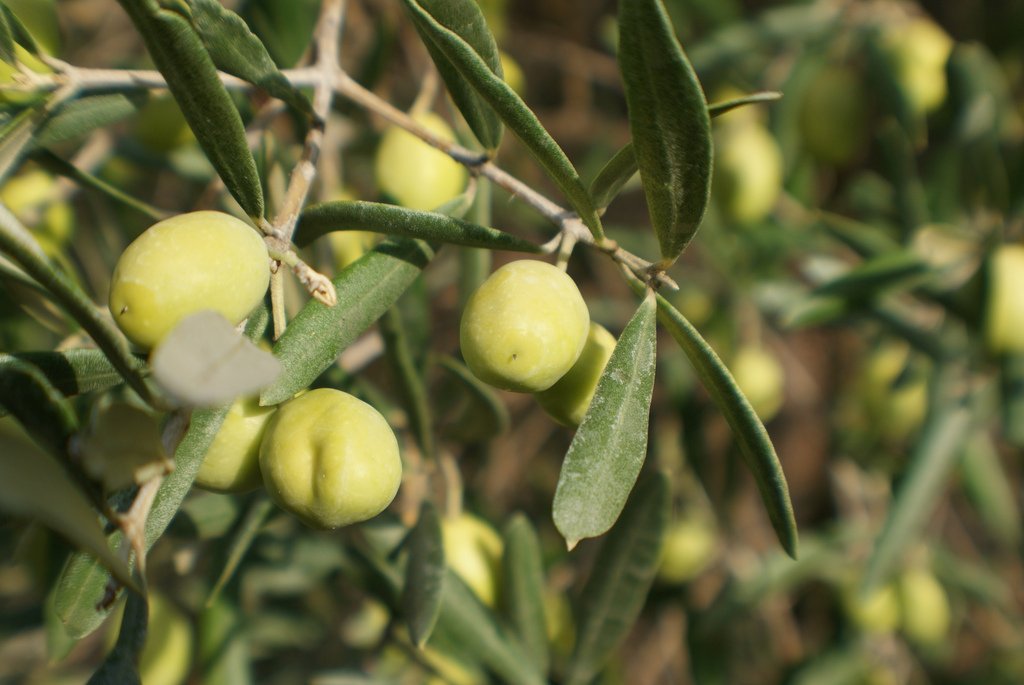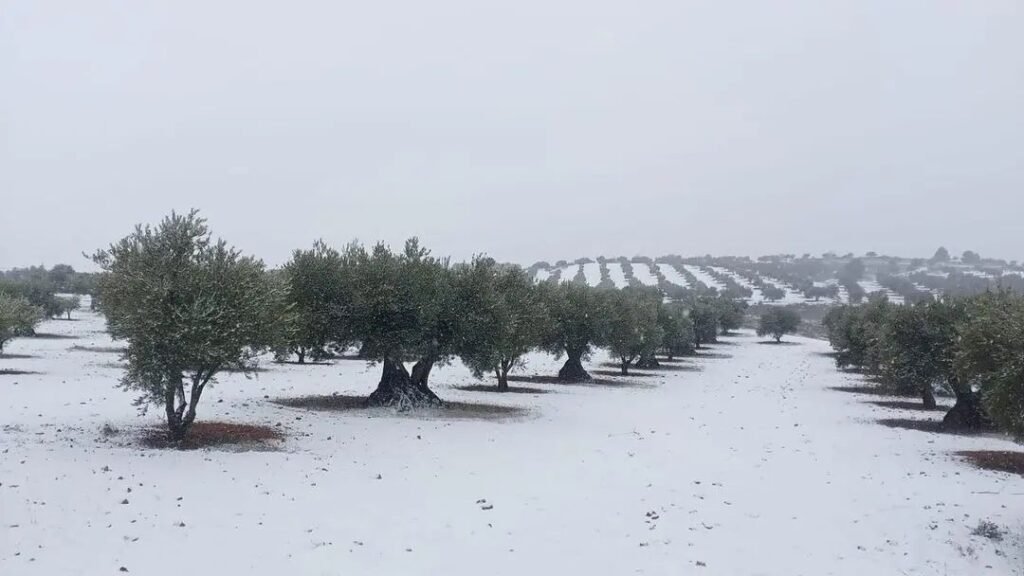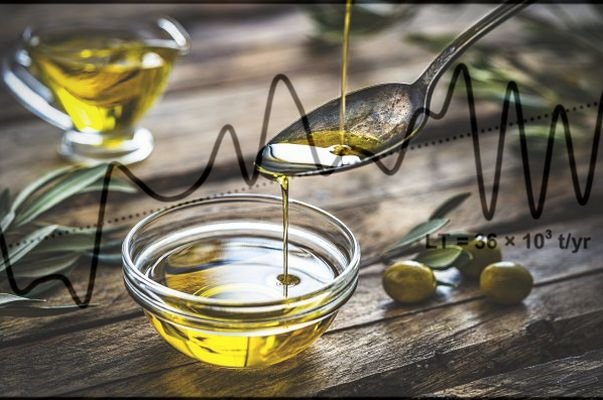Olive trees grow best in a Mediterranean climate, where winters are cold — but not freezing — and summers are long and warm.

A risk analysis of climate change in Italy, carried out in 2020 by the Euro-Mediterranean Center on Climate Change, suggests that changes are coming to the regions where a bulk of the world’s olive oil is produced.
The future will see a reduction in available water, more desertification, an increased number of hot and dry days throughout the year, and more intensity when rain does come. Already, researchers have noted that annual rainfall in Calabria is decreasing.

As certain places shift away from Mediterranean climate and become less hospitable to olive trees, consumers may notice the availability of olive oil from these regions changing, too.

Italy produces about 17 percent of the world’s olive oil — second only to Spain, responsible for more than half of global production — and almost three-quarters of Italian olive oil is produced in Calabria and Puglia.
However, a brutal frost swept through Le Castella last year, many of the olive trees in the small Calabrian town didn’t produce a single fruit.
On a global scale, olive farmers and olive oil producers are feeling extreme pressure from all angles. In Greece, weather fluctuations and a heat wave resulted in a paltry 2020 harvest.
The first days of 2021 saw a record-breaking storm in Spain, causing irreparable damage to olive crops in Madrid and the surrounding regions.

Growers in France experienced a “catastrophic” 2019 harvest thanks to a cold spring and autumn storms, and are hopeful that 2021 will be a better year.
According to the trade publication Olive Oil Times, oil production globally was at a four-year low in 2020, with olive oil production up in only a few countries and facing serious declines in Palestine, Israel, Turkey, and Italy.

However, the implications of a changing climate aren’t yet threatening the home cook and their precious oil, farmers and producers face a very different reality.
Assessing the changes in yield, in weather conditions, in the frequency of wildfires and rainfall is a daily part of life for olive growers. Meaning until olives are harvested and safely transported to the mill, growers cross their fingers that an unexpected frost or a brutal storm won’t wipe out their year’s work.
Reference- Olive Oil Times, Euro-Mediterranean Center on Climate Change Report, Clean Technica, Center for Analysis of Sustainable Agro-ecological Systems.






